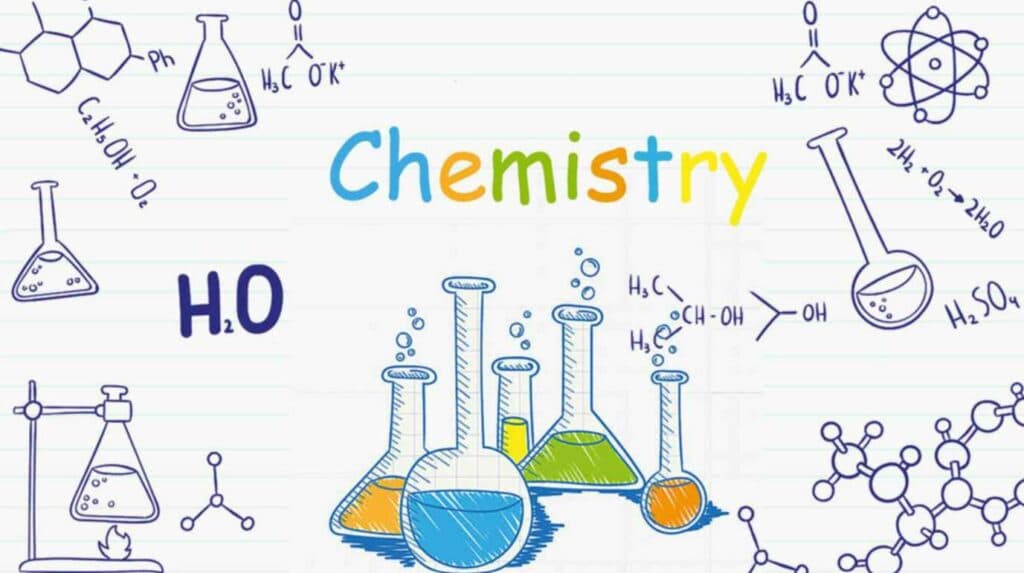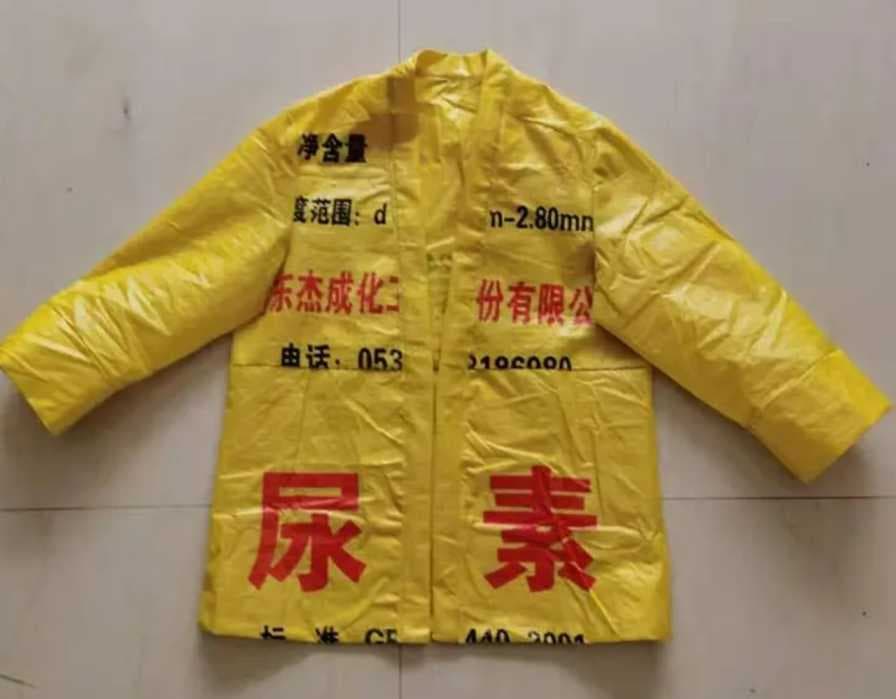What is the chemistry principle of making compound fertilizer?

What is the production principle of urea based fertilizer
There will be some technical difficulties when formulating a series of compound fertilizers based on urea, including:
- high hygroscopic point;
- low softening point;
- hydrolysis of urea and superphosphoric acid during processing Degradation of phosphorus pentoxide in calcium (or heavy superphosphate);
- formation of adducts during processing;
- formation or increase of biuret during processing.
Reaction between urea and tricalcium (or heavy calcium)
The monocalcium phosphate and free acid contained in ordinary calcium (or heavy calcium) react with urea as follows:
Ca(H2PO4)2·H2O+4(NH2)2CO=Ca(H2PO4)2·4(NH2)2CO+H2O
Ca(H2PO4)2·H2O+(NH2)2CO=(NH2)2CO·H3PO4+CaHPO4+H2O
H3PO4+(NH2)2CO=(NH2)2CO·H3PO4
H2SiF6+(NH2)2CO=(NH2)2CO·H2SiF6
The solubility of the adducts urea phosphate, urea phosphate or fluorosilicic acid urea generated by the reaction is extremely high. At 40°C, it is almost 5.8 times the solubility of urea, that is, 986.6g/100g water.
In actual operation, it was found that as long as the urea content in the mixture does not exceed 12%, the above problems will not exist; the presence of ammonium particles, whether diammonium phosphate, monoammonium phosphate, or ammonium particles in ammonium sulfate, will help Overcome the above obstacles;
If the component containing these ammonium particles is mixed with calcium and urea, even higher proportions of the components calcium and urea will not cause trouble. However, it is necessary to introduce steam into the granulator or use gas to burn it evenly according to the formula to control the water balance.
The hydrolysis reaction between urea and free water in calcium (or heavy calcium) occurs: (NH2) 2CO+H2O=2NH3+CO2
- In the mixture, this reaction will proceed slowly to varying degrees under different conditions of temperature, moisture content and acidity. During the drying process of materials, the reaction proceeds relatively quickly. The ammonia produced by the hydrolysis reaction undergoes the following reaction with monocalcium phosphate or monoammonium phosphate. Partial “degradation” of P2O5 occurs, and the water-soluble P2O5 becomes citrus-soluble P2O5.
Urea reacts with monoammonium phosphate (MAP) or diammonium phosphate (DAP)

- In a compound fertilizer formula with urea as the main nitrogen source and ammonium phosphate (MAP or DAP) as the phosphorus source, the total concentration of N and P2O5 in the mixed salt saturated solution is calculated when the pH value is equal to 4.5 on the isotherm. lowest. According to and utilizing the characteristics of mixed fertilizer salt, dry granulation and drying can be carried out at low liquid content.
- Reaction of free phosphoric acid in diammonium phosphate (DAP) and calcium triphosphate (or heavy calcium):H3PO4+(NH4)2HPO4=2NH4H2PO4
- It can increase the pH value of the urea-Hepu calcium (or heavy calcium)-ammonium phosphate mixture and decrease the liquid phase amount.
Mixed reaction between urea, ammonium phosphate and potassium chloride
- Potassium chloride reacts with monoammonium phosphate to form potassium dihydrogen phosphate and ammonium chloride: KCl+NH4H2PO4=KH2PO4+NH4Cl
This reaction proceeds slowly at low temperatures and the KH2PO4 production rate is low; increasing the temperature will accelerate this reaction. In the presence of urea, ammonium chloride and urea form a double salt:
NH4Cl+(NH2)2CO=(NH2)2CO·NH4Cl
This will promote the formation reaction of potassium dihydrogen phosphate. - The ammonium sulfate entering the compound fertilizer system can react with potassium chloride to generate potassium sulfate and ammonium chloride: (NH4)2SO4+2KCl=K2SO4+2NH4Cl
- The ammonium chloride generated by the reaction can form a solid solution of potassium ammonium chloride (NH4, K) Cl with potassium chloride; the potassium sulfate generated by the reaction can form a solid solution of potassium ammonium sulfate (NH4, K) 2SO4 with ammonium sulfate; the diphosphate generated by the reaction Potassium hydrogen can form a solid solution of potassium ammonium phosphate (NH4, K) H2PO4 with monoammonium phosphate.
- The above-mentioned metathesis reaction and the formation of double salt and solid solution are all carried out under the condition that there is a certain amount of moisture in the product. If the product contains a certain amount of moisture, the above reaction will still occur during storage, causing the product to agglomerate. In order to avoid clumping, the moisture content of the compound fertilizer product should be reduced to less than 2% during the drying process.
The production principle of ammonium chloride series compound fertilizer.

- The following reaction occurs when ammonium chloride and tricalcium (or heavy calcium) are mixed: 2NH4Cl+Ca(H2PO4)2·H2O=2NH4H2PO4+CaCl+H2O
- When stacking and storing ammonium chloride-calcium chloride-potash compound fertilizer containing urea, you will see a thin layer of white shell agglomeration. This is because the urea ammonium chloride crystals formed dissolve and recrystallize into blocks. NH4Cl+(NH2)2CO=(NH2)2CO·NH4Cl
- Since ammonium ions and potassium ions are both monovalent ions and their sizes are quite close. At the same time, because ammonium chloride and potassium chloride have similar crystal structures and similar lattice constants, ammonium ions and potassium ions can be interchanged. Ammonium salts It is easy to form a solid solution with potassium salt.
- Both ammonium chloride and potassium chloride contain chlorine. Chlorine is an essential trace element for plants and crops. At an appropriate concentration (soil chlorine content is less than 200mg/kg), chlorine can promote the growth of wheat and rice. However, when the chlorine content in the soil is greater than 800mg/kg, the wheat emergence rate is reduced, the number of tillers is reduced, the growth of wheat seedlings is inhibited, the yield and quality are reduced, and in severe cases, the plant dies.
- Rice, wheat, and cotton are all highly resistant to chloride. However, weakly chlorine-tolerant crops such as potatoes, sweet potatoes, cauliflower, Chinese cabbage, green peppers, and cabbage will have symptoms of chlorine hazards when the soil chlorine content is greater than 300 mg/kg. Moreover, the above results were obtained in a pot test in which soil and fertilizer were thoroughly mixed.
- When fertilizing in fields, fertilizers are relatively concentrated, which can easily cause the local chlorine concentration in the soil to be too high. Therefore, fertilizing in fields should be less than the above critical concentration. Applying large amounts of chlorine every season of the year can also cause chlorine to accumulate in the soil. This is particularly serious in areas with low rainfall and poor drainage.
- Even when the annual rainfall is 1000-1200mm, after two years and six seasons of continuous use of bichloride fertilizers (ammonium chloride and potassium chloride), soil chlorine increased from 20mg/kg to 103mg/kg, and the residual amount was the total applied 6.26% of the amount. An appropriate amount of calcium, magnesium and phosphate fertilizer should be added to the dichloride compound fertilizer to prevent soil acidification.

